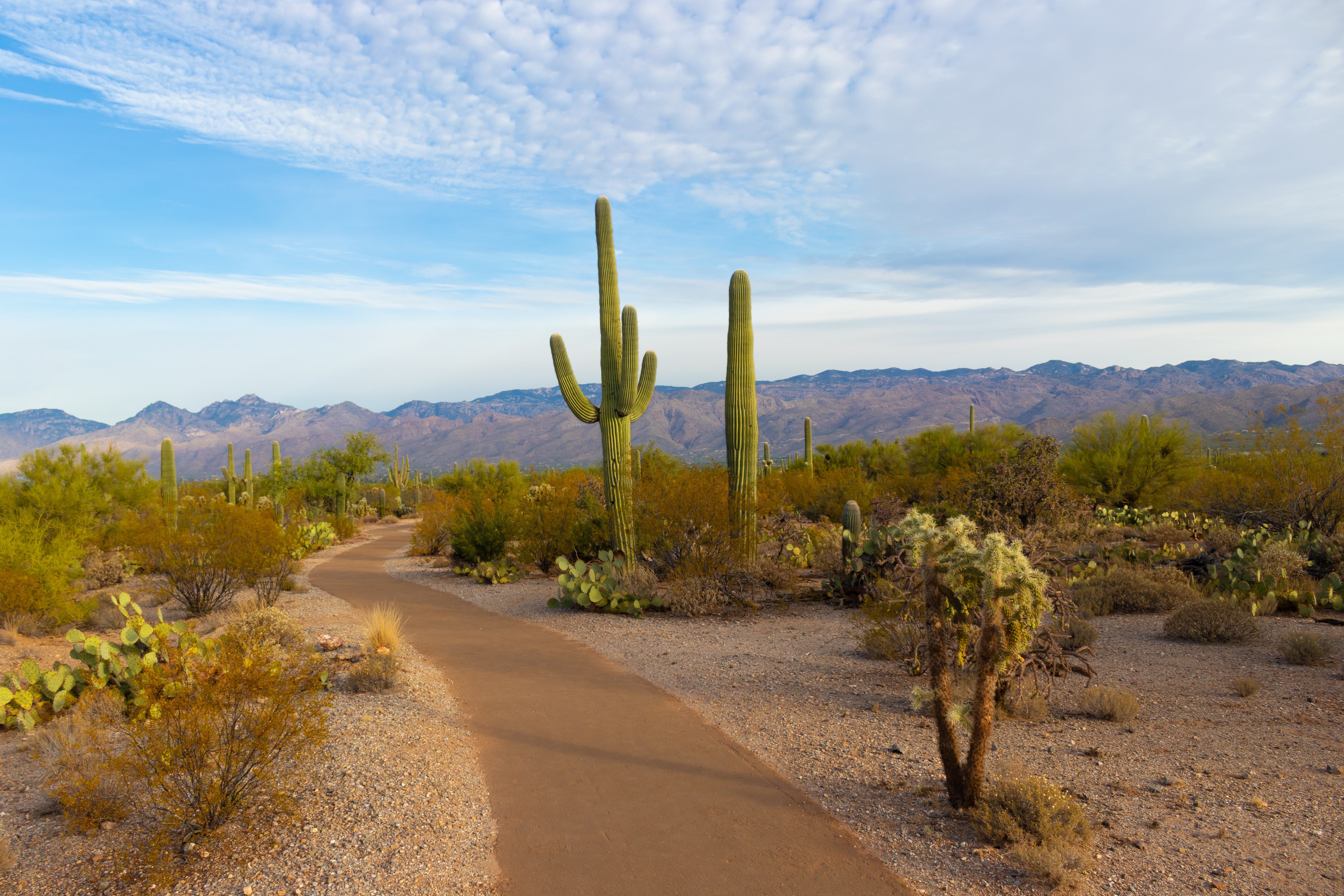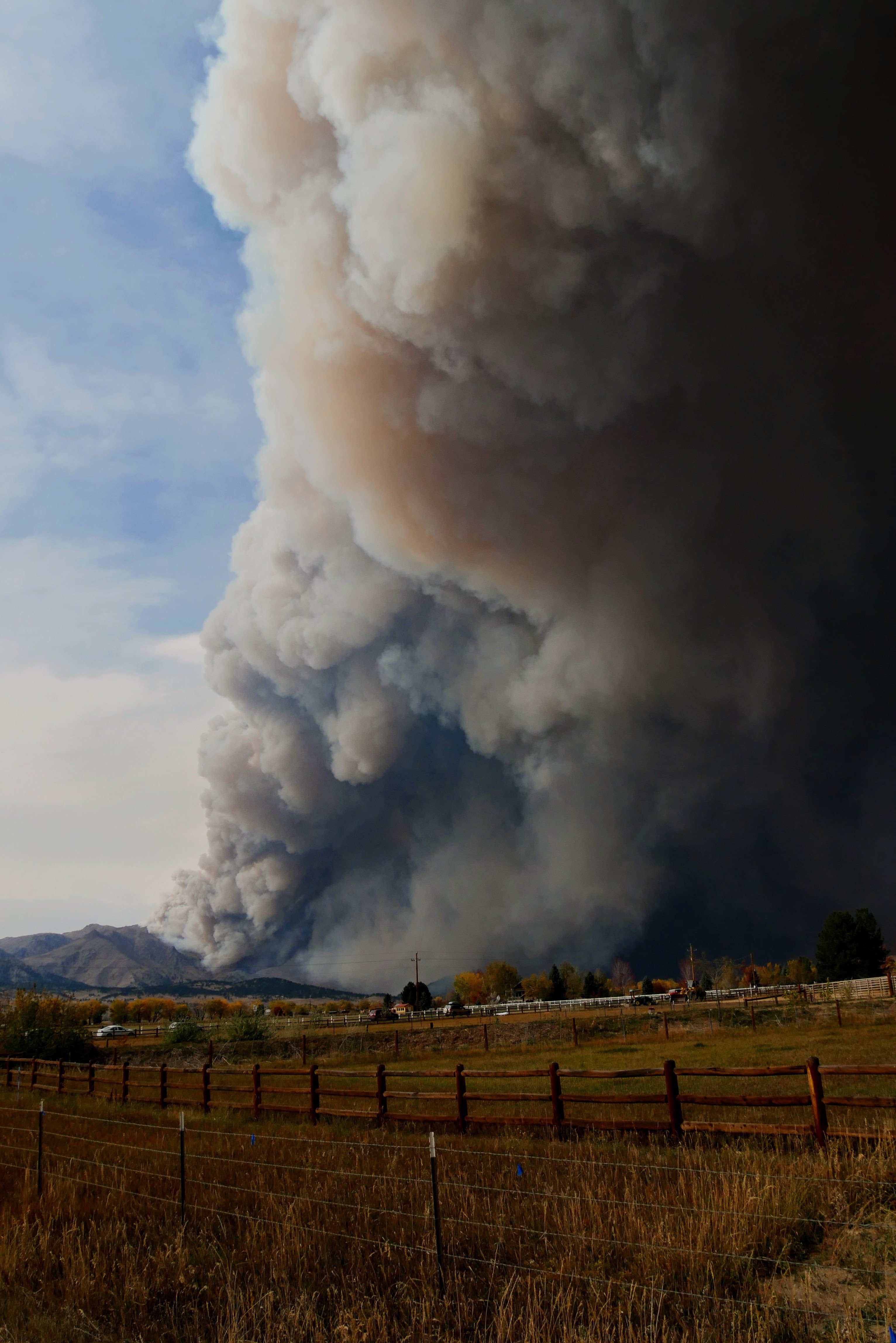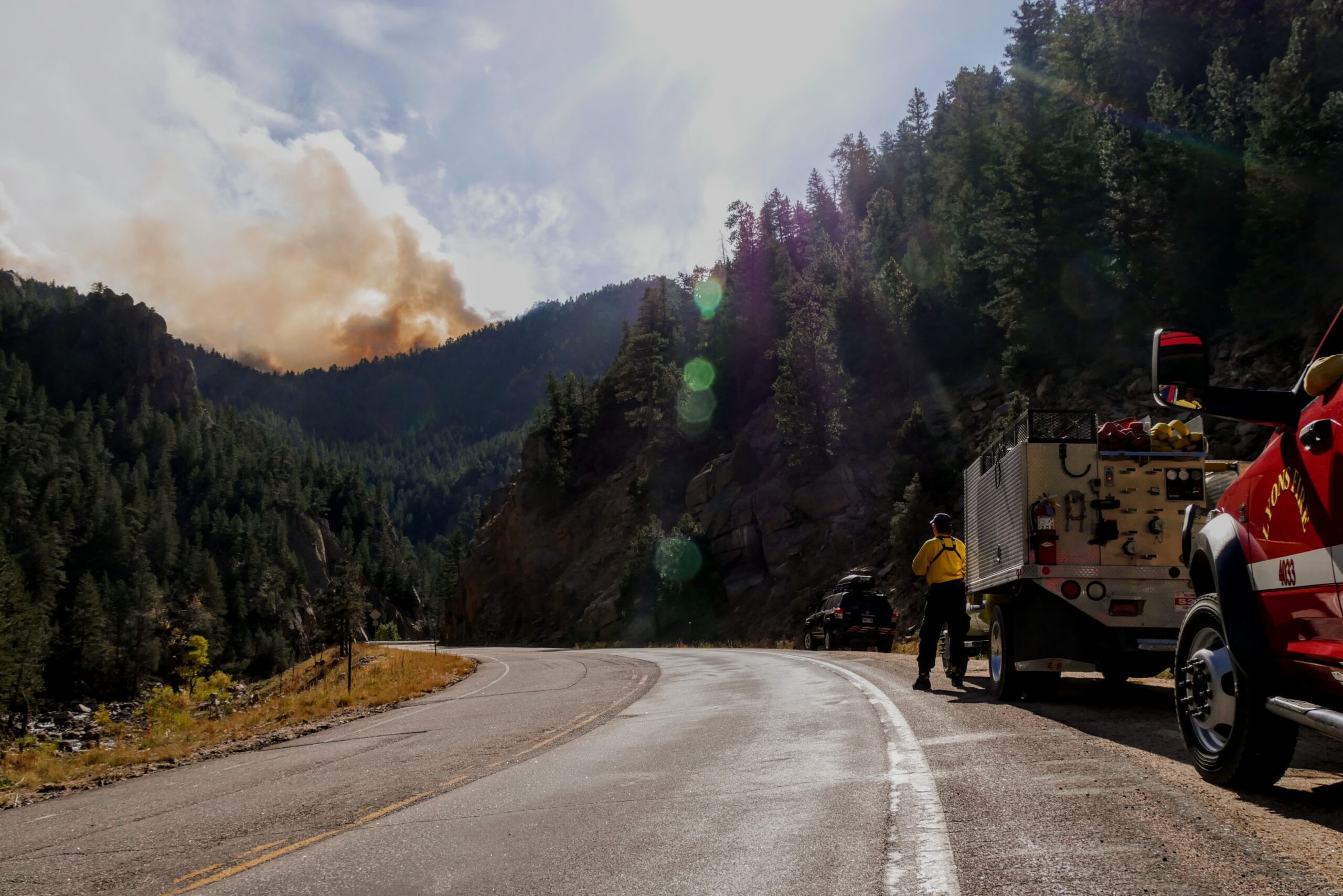Wildfire season started early this year in the desert Southwest, and the federal government is ramping up efforts to combat Arizona’s destructive and deadly blazes. Washington has pledged an additional $189 million from the Infrastructure Investment and Jobs Act to be used to prevent forest fires in the Grand Canyon State. This money will go directly to the Four Forest Restoration Initiative, a maintenance program designed to improve watershed health and thin tree growth, and the city of Prescott.
“The funding we secured in the bipartisan infrastructure law will advance forest restoration projects that can reduce the severity of wildfires in Arizona,” said U.S. Senator Mark Kelly. “This fire season has the potential to be very active, and projects like those announced today are critical for protecting our most at-risk forest communities.”

Arizona’s six million acres of dense ponderosa pine forests are often the site of powerful and extensive wildfires. With a wildfire season lasting 78 days longer than it did a half-century ago, funding to prevent the costly blazes is critical. In 2013, the Yarnell Hill Fire near Prescott killed 19 firefighters and scorched a massive section of earth. With fires of that magnitude becoming more common, the federal government continues to support states with financing designed to mitigate fires. In early 2022, the federal government announced a new, nearly $3 billion annual funding plan for wildfire prevention and suppression.
One of the most effective approaches to preventing fires is thinning overgrowth and trees on Forest Service land. The U.S. Forest Service (USFS), established to manage and conserve national forests and grasslands, is renewing its focus on logging and thinning projects. The federal agency is always looking at controlled burns across 20 million acres of Forest Service land and more than 30 million acres of tribal, private, and Bureau of Land Management lands across the western U.S.
This focus is an update of previous fire mitigation efforts, which targeted managing livestock grazing and extinguishing fires.
“Based on the historic funding of the Forest Service — we’ve seen a lack of attention to the overall industry that it takes to address the timber or the biomass,” explained U.S. Representative Tom O’Halleran (AZ-01), before the announcement of the new program. “Congress is going to have to create a new model, and I think that’s being done. We’ve started a collaborative group from western states. We must change where the revenue for the restoration work comes from because it’s been almost nonexistent in the past.”

Arizona public officials like O’Halleran are glad to see this seismic shift in the federal approach and funding for wildfires.
“It will take nothing less than a paradigm shift to protect the Nation’s western communities,” the Forest Service states in a new strategy report. “We need to thin western forests and return low-intensity fire to western landscapes in the form of both prescribed and natural fire, working to ensure that forest lands and communities are resilient.”





